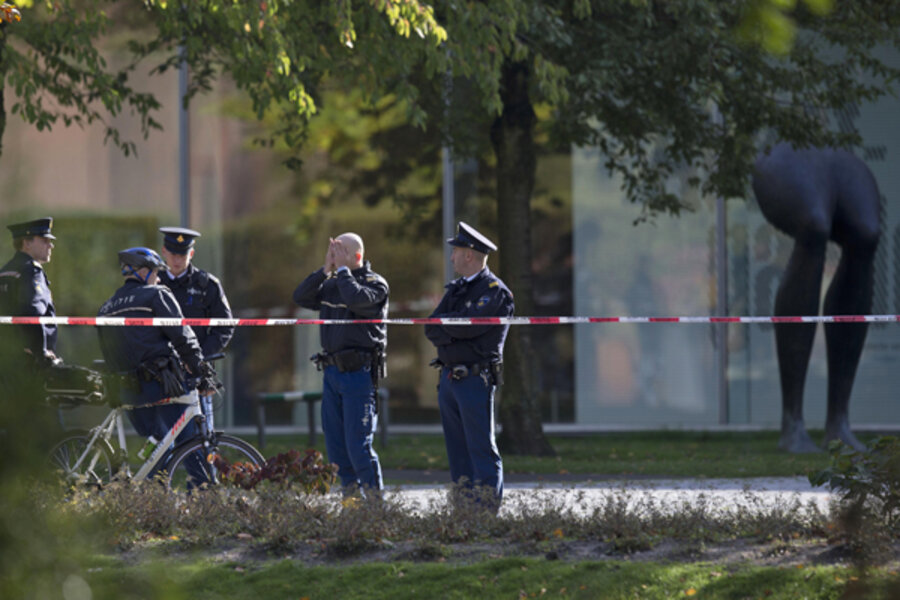Million dollar art heist in Netherlands
Loading...
| Amsterdam
Seven paintings by artists including Pablo Picasso and Claude Monet were stolen from a museum in Rotterdam in an early-hours heist, Dutch police said Tuesday.
The theft at the Kunsthal museum is one of the largest in years in the Netherlands, and is a stunning blow for the private Triton Foundation collection, which was being exhibited publicly as a group for the first time.
The collection was on display as part of celebrations surrounding Kunsthal's 20th anniversary.
Police spokeswoman Willemieke Romijn said investigators were reviewing videotapes of the theft, which took place around 3 a.m. local time, and calling for any witnesses to come forward. Police have yet to reveal how the heist took place.
The stolen works were Picasso's 1971 "Harlequin Head"; Monet's 1901 "Waterloo Bridge, London" and "Charing Cross Bridge, London"; Henri Matisse's 1919 "Reading Girl in White and Yellow"; Paul Gauguin's 1898 "Girl in Front of Open Window"; Meyer de Haan's "Self-Portrait," around 1890, and Lucian Freud's 2002 work "Woman with Eyes Closed."
Mariette Maaskant of the Kunsthal museum said the paintings taken were of "considerable value." Independent experts said the works were clearly worth millions of dollars but would be impossible to sell on the open market.
The museum's director Emily Ansenk had been in Istanbul, Turkey, on business but was returning Tuesday.
The Triton Foundation is a collection of avant-garde art put together by multimillionaire Willem Cordia, an investor and businessman, and his wife, Marijke Cordia-Van der Laan.
The Kunsthal museum is a display space that has no permanent collection of its own — the name means "art gallery" in Dutch.
The Cordia family collection includes works by more than 150 famed artists. Others whose work was on show include Paul Cezanne, Marc Chagall, Salvador Dali, Edgar Degas and Andy Warhol.
Curators of the Cordia family collection aim to have the works on display for the public, and pieces have been shown in the past.
The museum is closed Tuesday due to the police investigation.







